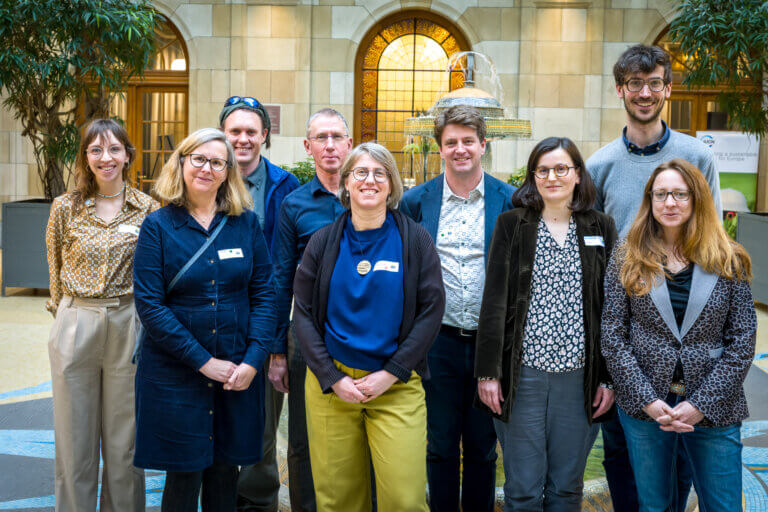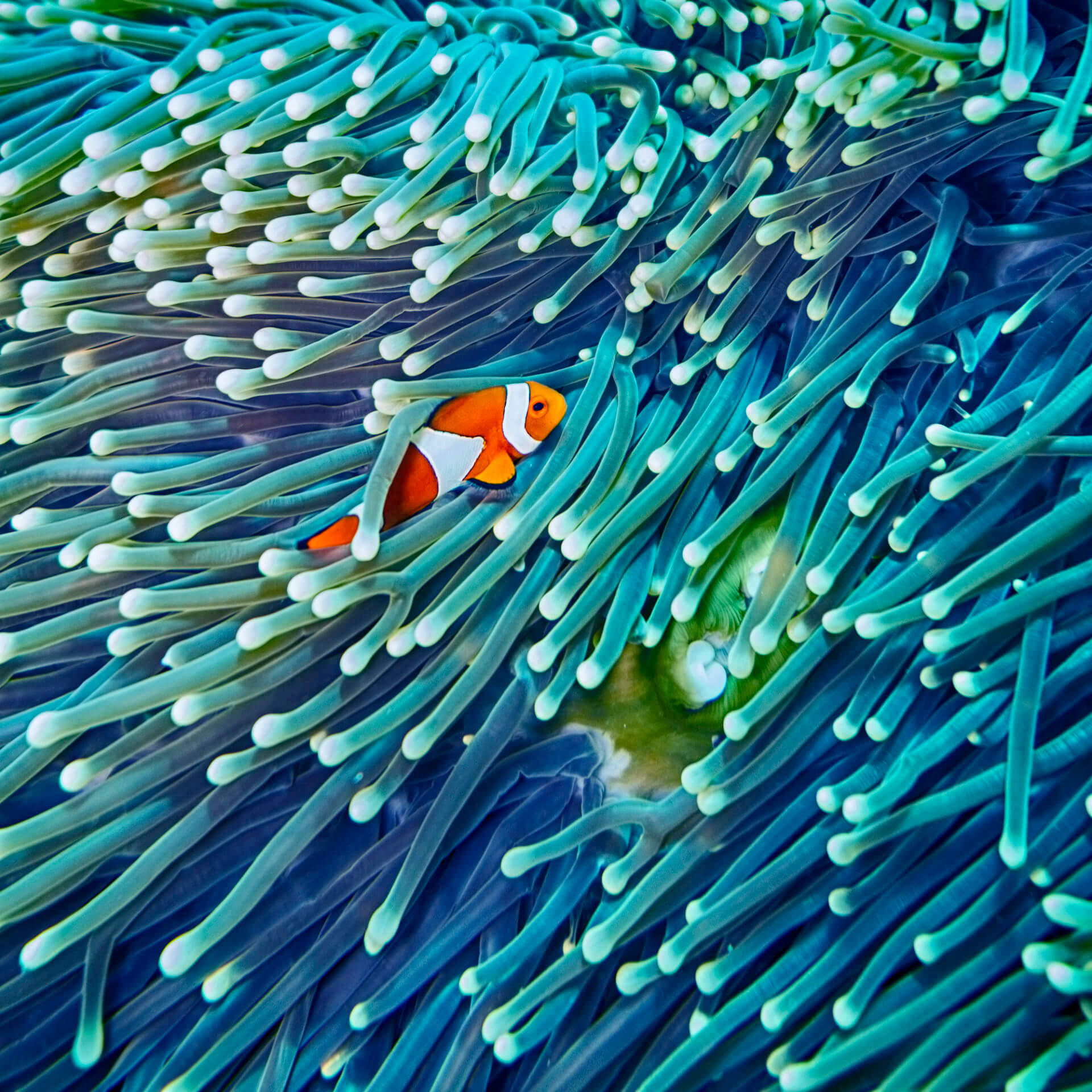
Enhancing collaboration at European Union borders
Officers from customs, animal and plant health authorities, and environmental authorities convened in Brussels on 14 March for an event focusing on improving border controls for Invasive Alien Species. Effective border controls are a key element in preventing their introduction into the European Union.
This event was jointly organised by the Belgian presidency of the Council of the European Union, the European Commission, and the International Union for Conservation of Nature (IUCN).
A major threat to biodiversity and ecosystem services
Alien species are animals, plants or other organisms introduced by human activities outside their natural geographic range. Some of these species are able to establish and spread in their new environments, where they can have serious impacts on biodiversity. There are called Invasive Alien Species, and can also affect economies, food security, human health and wellbeing.
The recent Intergovernmental Science-Policy Platform on Biodiversity and Ecosystems Services (IPBES) assessment on Invasive Alien Species shows that they are a major cause of native species declines and extinctions across all regions of the globe. Their impact on ecosystem services, such as water or food supply, is also extremely high
The costs of invasive alien species, including their management and mitigation of damages, are exorbitant, and estimated to be over 115 billion euros in Europe between 1960 and 2020.

The EU policy response and the key role of border controls
The European Union is fully committed to protecting its biological diversity from Invasive Alien Species by preventing, minimising, and mitigating their introduction and spread. Since 2015, Regulation (EU) 1143/2014 has established the regulatory framework for taking action against priority Invasive Alien Species called species of Union concern, which currently includes 47 animals and 41 plants. This regulation requires member states to take specific measures to prevent their intentional and unintentional introduction into the European Union, with border control agents acting as the first line of defense.
The event provided an excellent opportunity for officials from 17 member states working for customs, plant or animal health authorities, and environmental authorities, to gather and assess progress made, as well as identify challenges and needs, across various areas related to border controls.
The need to foster collaboration at EU level
The ever-increasing global trade represents a major pathway of introduction of Invasive Alien Species, and poses challenges for border controls. The discussions held during the event identified these main challenges and the key needs of member states associated with trade and the risk of Invasive Alien Species introductions.
One of these was the need to develop innovative tools to support inspections such as risk imports analysis, and a correct and prompt identification of the species of Union concern. This, along with the design and use of appropriate training materials, should allow for effective actions to be taken rapidly. Importantly, enhanced opportunities for collaboration between public authorities involved in border controls, both within and between member states, was also shown to be pivotal.

Actus Associés

Everything can change with the introduction of one illegal exotic species!
The new awareness campaign for travellers
See more
Biodiversity, victim of fast fashion!
The world of fashion, with its big names, its catwalks and its designers, is still a dream. This sector remains associated with seduction, beauty and creativity. And yet, the other side of the picture is gloomier. The industry is increasingly criticised for its environmental impacts and unacceptable working conditions. Overconsumption and large-scale pollution make the textile sector one of the most polluting in the world.
See more





